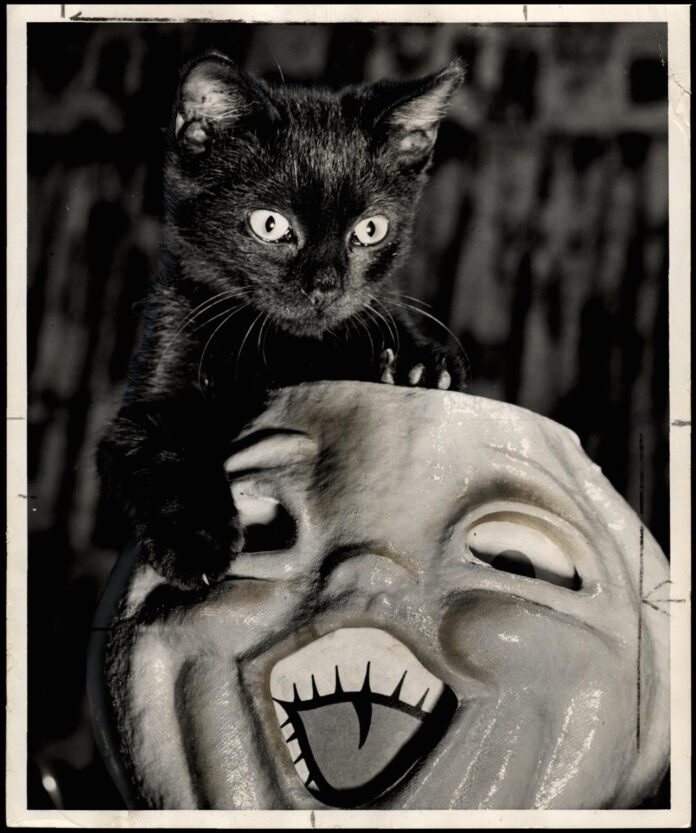
Goblins, ghouls, witches and more candy than commonsense have already started to line shelves and decorate homes. Children and adults alike are selecting their costumes to ready themselves for the upcoming season.
The celebration of Halloween is fairly ubiquitous throughout the U.S. these days, but if one looks into the origins of this holiday, it has not always been so. The traditions many practice this time of year come from a conglomeration of various, much older celebrations. Let’s see if we can parse out some of the myths from actual history.
Most histories of Halloween trace its earliest roots back to the ancient Celts about 2,000 years ago and their ritual of Samhain (pronounced SAH-win). Samhain marked the end of summer and beginning of winter for these peoples who lived in and around present-day Ireland. They believed that the veil between the living world and the realm of the dead was thinnest at this time of year, and often expected to hear/get signs from deceased relatives and friends. They also had a practice of dressing like spirits to confuse any wayward ghost that might want to steal them away. This is believed to be the origin of dressing in costumes.
Later on, the Catholic Church established All Saints Day on Nov. 1 – many believe in an effort to distract from the ancient Celtic practice. This day was also known as All Hallows Day, thereby making October 31 as All Hallows Eve or, later, simply Halloween.
Halloween was slow to take hold in America during its early days due to the sensibilities of the Protestant Puritans. There were various traditions around the harvest, but the practice of Halloween didn’t pick up steam until the middle of the 19th century. This is when the potato famine in Ireland drove many immigrants to the United States, bringing their Halloween practices – especially that of pulling pranks – with them.
Due to this emphasis on pranks, Halloween took on a darker tone during the early 20th century. But by the time of the great baby boom after World War II, the holiday had shifted again to focus more on children’s fun and overall community. Candy companies capitalized on the practice of enjoying treats to sell their products. Thus, we come full circle from ancient Celtic celebrations to candy commercialism.
But ultimately a murky, misty past adds to the allure of the Halloween season … and part of the fun comes in making the celebration your own.
Other Potential Origins
The origins of some Halloween practices are difficult to trace, but here are some possible explanations:
- Trick or treating may have originated from a Scottish practice whereby children and the poor would go house to house on All Souls Day, November 2, offering to pray for the household’s dead in exchange for small cakes.
- Jack-o-lanterns were originally carved in turnips and harkened back to the bonfires lit during Samhain.
- Black cats are associated with Halloween as they were seen as the embodiment of witches during the Middle Ages.






















